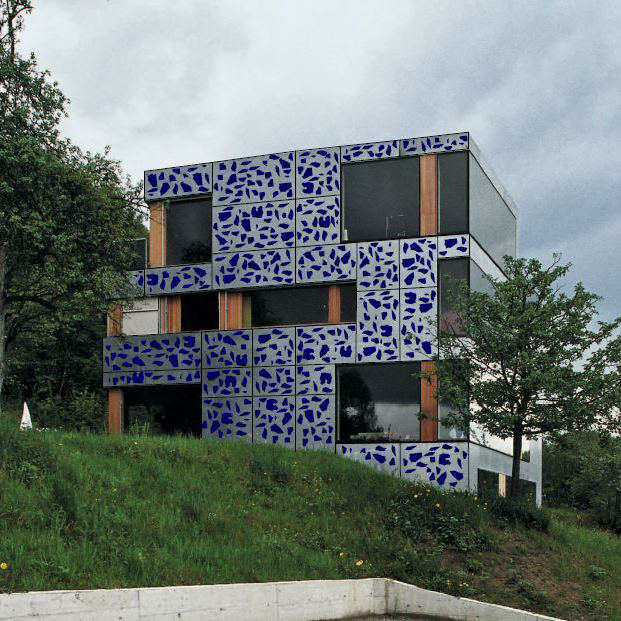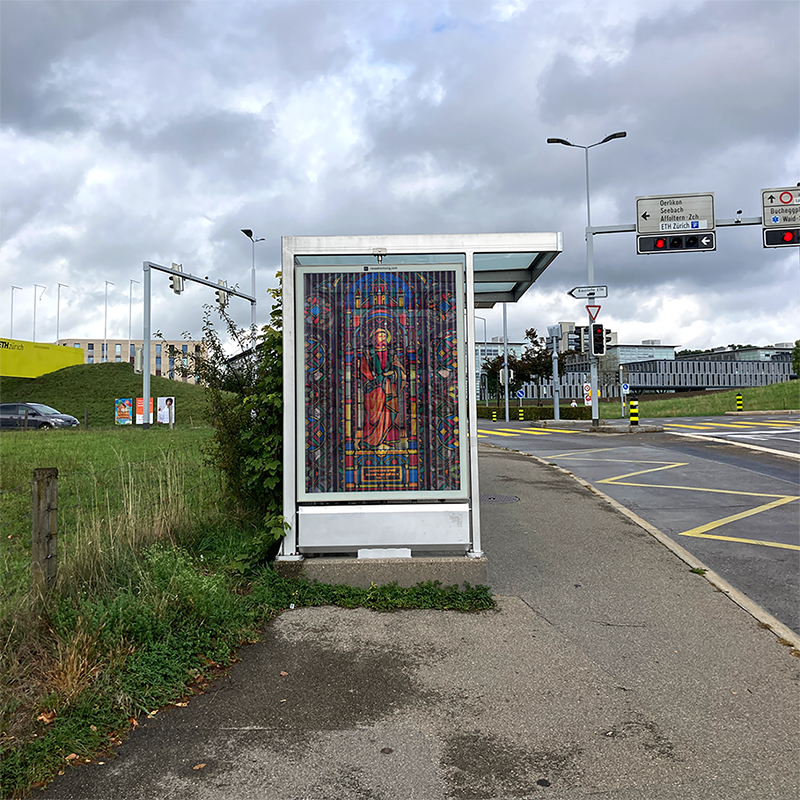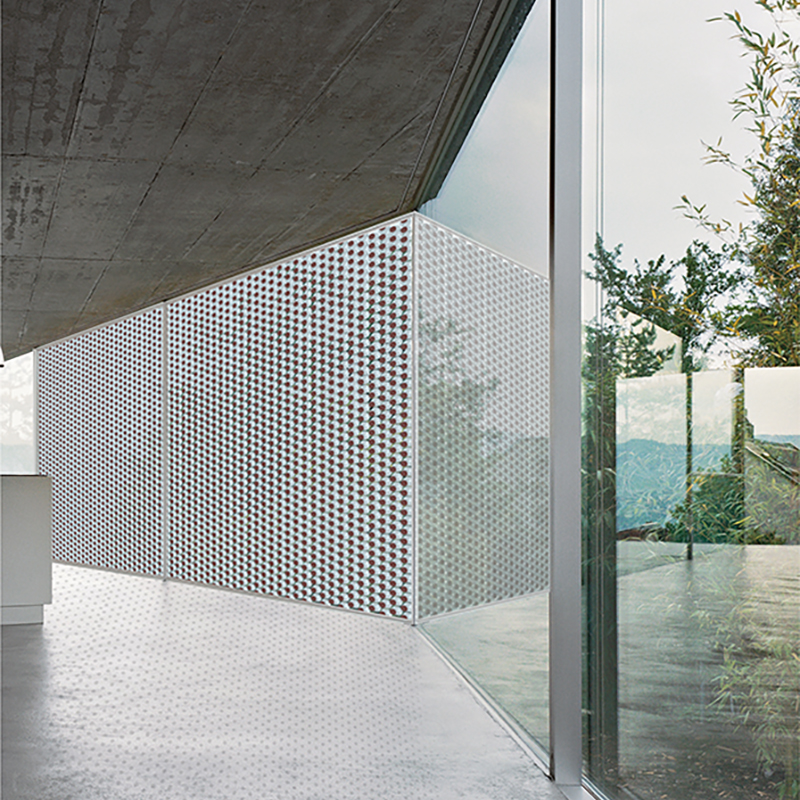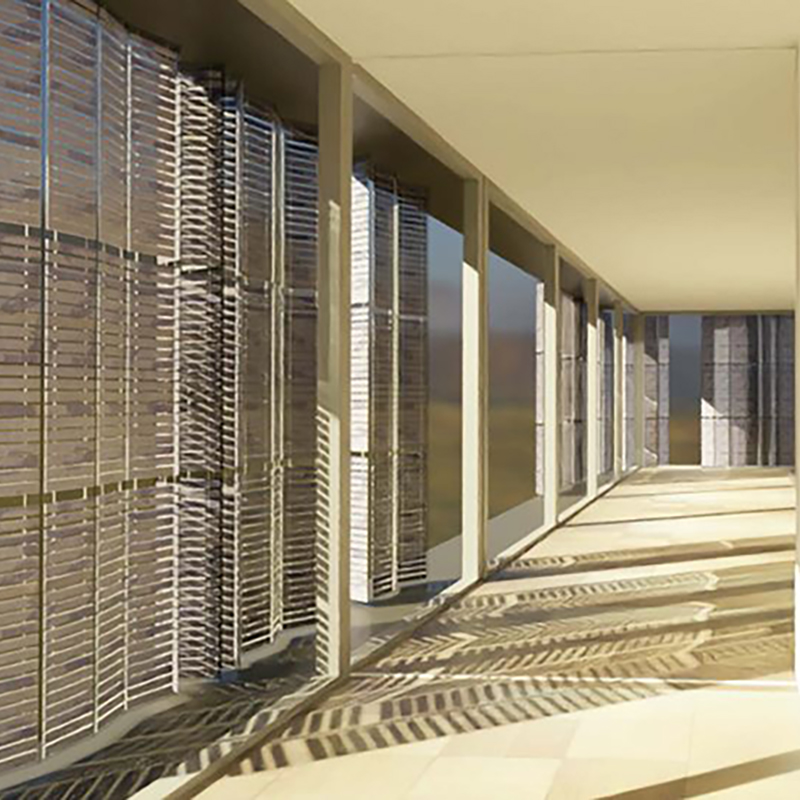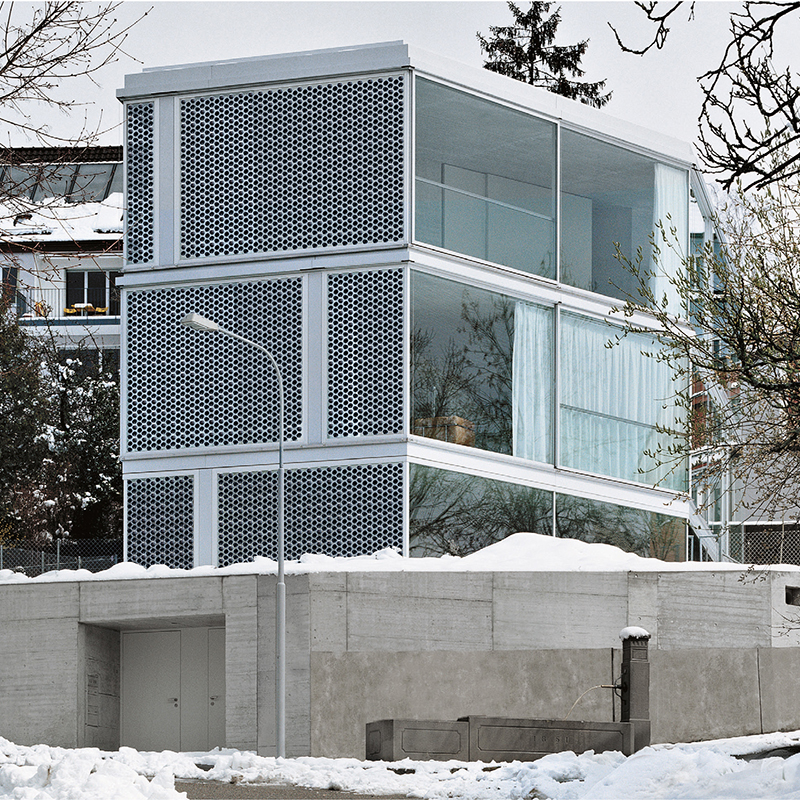Solar Panels
Design with solar materials
PV module components are no longer considered as ready-made engineered products, but as architectural and design materials. These modules are the results of the Building Integrated Photovoltaics (BIPV) Workshop at ETH, during which the students had the opportunity to freely assemble, glue, cut, laminate, solder and play with these materials, while creating new future visions for solar applications.
Lightbox
The aim of this prototype is a low-cost, lightweight, transparent, and visually customizable module. The glass used in conventional modules is replaced by polycarbonate front and back covers. Polycarbonate is cheaper and lighter than glass, consequently production, transportation, and installation costs are reduced. The module’s transparency is a result of using organic photovoltaic cells. The potential to print and customize the front layer allows for high design and application flexibility.
Shard
The guiding theme for this solar module is the upcycling of broken solar cells, which are scanned and rearranged to create new, unique compositions that can vary in density and transparency. The electrical connection and arrangement of the cells can be computationally optimized to maximize energy output.
Porous PV
This solar panel contains five reflective cones that concentrate sunlight onto smaller, highly efficient round solar cells. The back of the round solar cells is colored, which creates a playful visual composition when viewed from the inside of a building. Such a module could be installed in large windows and glass facades for energy generation, shading, privacy and visual effects. Various patterns are possible.
Folding Curtain
This module is a flexible element that can be installed on building facades as an electronically controlled foldable curtain. Color, appearance and size are highly customizable according to the needs and preferences of the customer. The transparent film and the reduced format of the solar cells create a decorative geometric shadow and at the same time filter the light inside the building.
Concealed Energy
Starting from the idea of the traditional brise soleil, the module combines the shading of windows and production of electricity. The spacing between the slats is characterized by two areas. There is the transparent and shaded section which allows for natural light to enter the space. Additionally, the row of solar cells harnesses solar energy. The mesh cover protects the module while still allowing for ventilation.
More Information
Research groups, industry partners or related projects
- Chair of Architecture and Building Systems Website
- See all the results of the BIPV Workshop 2022 online
- See all the results of the BIPV Workshop 2021 online
- Design with Solar Materials, 2021, Materials Hub, Baubibliothek, ETH Zurich


